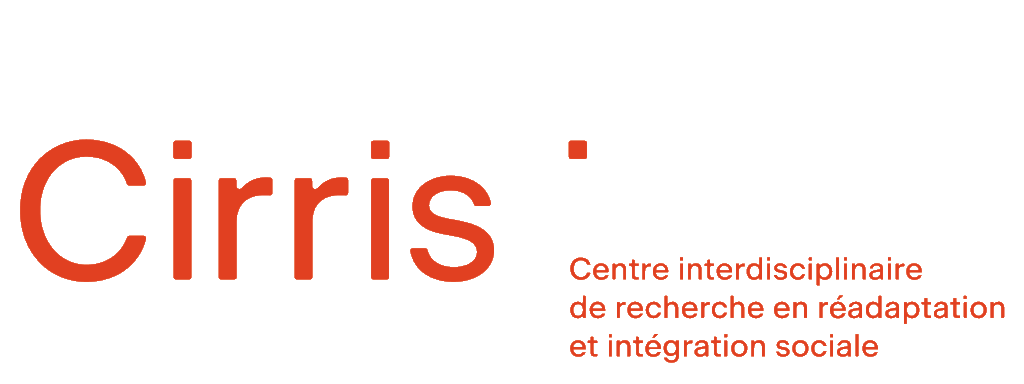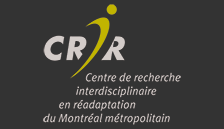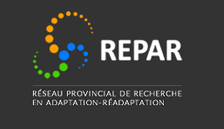What issues can be addressed by a participatory research project?
Philippe Archambault, Prof. McGill University and Marc Saint-Onge, Coordinator of Observatoire Québecois du Loisir
This vignette discusses the different categories of research questions or problems and how researchers organize themselves to answer them.
Subtitles available
LSQ Version - Quebec sign language
Share





